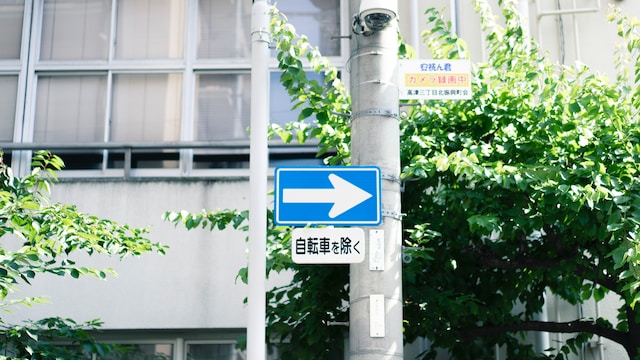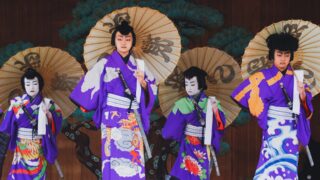Experience a journey through time as you immerse yourself in Kyogen – a captivating form of traditional Japanese theater. Offering a refreshing blend of humor, satire, and wit, Kyogen provides a unique window into Japan’s rich cultural heritage. In this article, we delve into the fascinating world of Kyogen, exploring its historical significance, the intricacies of its performances, and how best to appreciate this timeless art form. Whether you’re a seasoned traveler or a first-time visitor to Japan, enrich your travel experience by stepping into the delightful realm of Kyogen.
Introduction to Kyogen
Kyogen is one of Japan’s most enduring and important forms of traditional theater. Originally developed in the 14th century, it is often performed as an intermission piece during the more intense Noh plays. The primary characteristic of Kyogen is its humorous and satirical nature, which allows audiences to enjoy the story without the need for in-depth knowledge of the Japanese language or culture. While Noh plays are serious and intense, Kyogen provides a refreshing comedic relief with its light-hearted tales. The universality of its themes has helped Kyogen gain international recognition and appreciation.
The Cultural Importance of Kyogen
Kyogen holds immense cultural significance in Japan. It was designated as an Intangible Cultural Heritage by UNESCO in 2001, emphasizing its importance to the cultural heritage of Japan. Furthermore, the Japanese government has recognized several Kyogen troupes as Living National Treasures. These honors reflect the depth of the art and its unique place in Japanese culture. In the world of Kyogen, everyday life is transformed into comedic art, often highlighting human follies and societal norms in a humorous light.
Understanding Kyogen Performance
Kyogen performances typically consist of two or three actors on a simple stage, using minimal props. The actors wear traditional costumes, and the main tools for storytelling are their voice and body movements. The stories often depict ordinary people in extraordinary situations, with a moral lesson embedded. The uniqueness of Kyogen lies in its delivery – where humor, puns, and slapstick comedy are used to engage the audience. Understanding the nuances of these performances can greatly enhance your appreciation of this art form.
How to Watch and Appreciate Kyogen
When watching a Kyogen performance, there are a few things to keep in mind. First, it’s helpful to read a brief summary of the play beforehand as the dialogue is in old Japanese, which may be difficult to understand even for native Japanese speakers. However, the physical comedy and expressive acting can still be enjoyed regardless. Second, pay attention to the actions and expressions of the actors, as these are crucial elements of the story. Finally, don’t be afraid to laugh! Kyogen is meant to be humorous, and audience participation is highly encouraged.
Where to Watch Kyogen in Japan
Kyogen can be seen throughout Japan, with some of the best venues being in Tokyo and Kyoto. The National Noh Theater in Tokyo regularly holds Kyogen performances, and the Kanze Noh Theater in Kyoto is a favorite among locals and tourists alike. In addition, the traditional city of Nara also hosts performances in the ancient Nara Noh Theater. Always check in advance for English subtitles or explanations, as they may not be available at all performances.
Conclusion: Why You Should Include Kyogen in Your Japan Trip
Including a Kyogen performance in your trip to Japan can provide an invaluable cultural experience. It’s not just a theater performance, but a gateway to understanding Japanese culture, tradition, and humor. You’ll get the opportunity to appreciate a form of art that has been cultivated for over 600 years. Moreover, a Kyogen performance is a fun and entertaining experience. So don’t miss out on this unique Japanese experience, and ensure to include a Kyogen performance in your itinerary!





